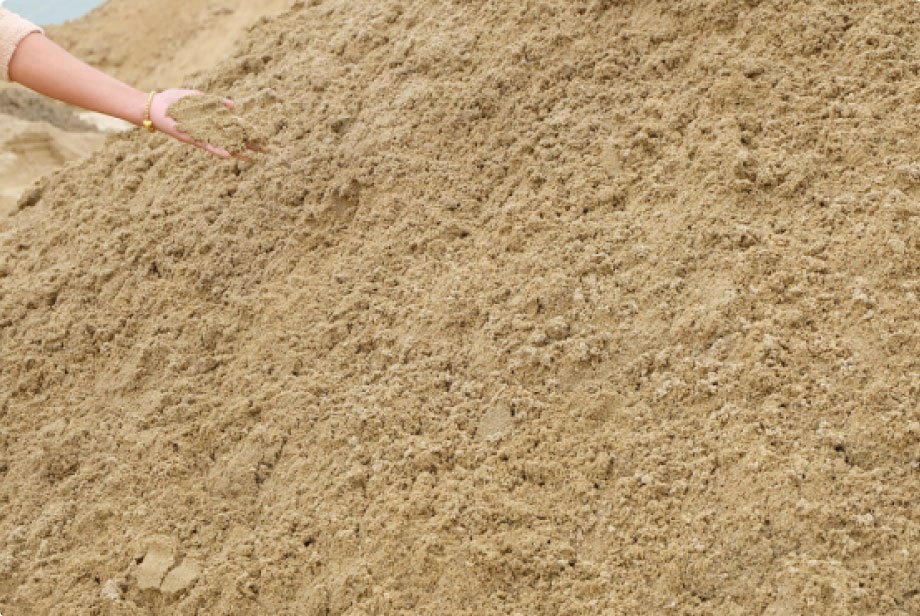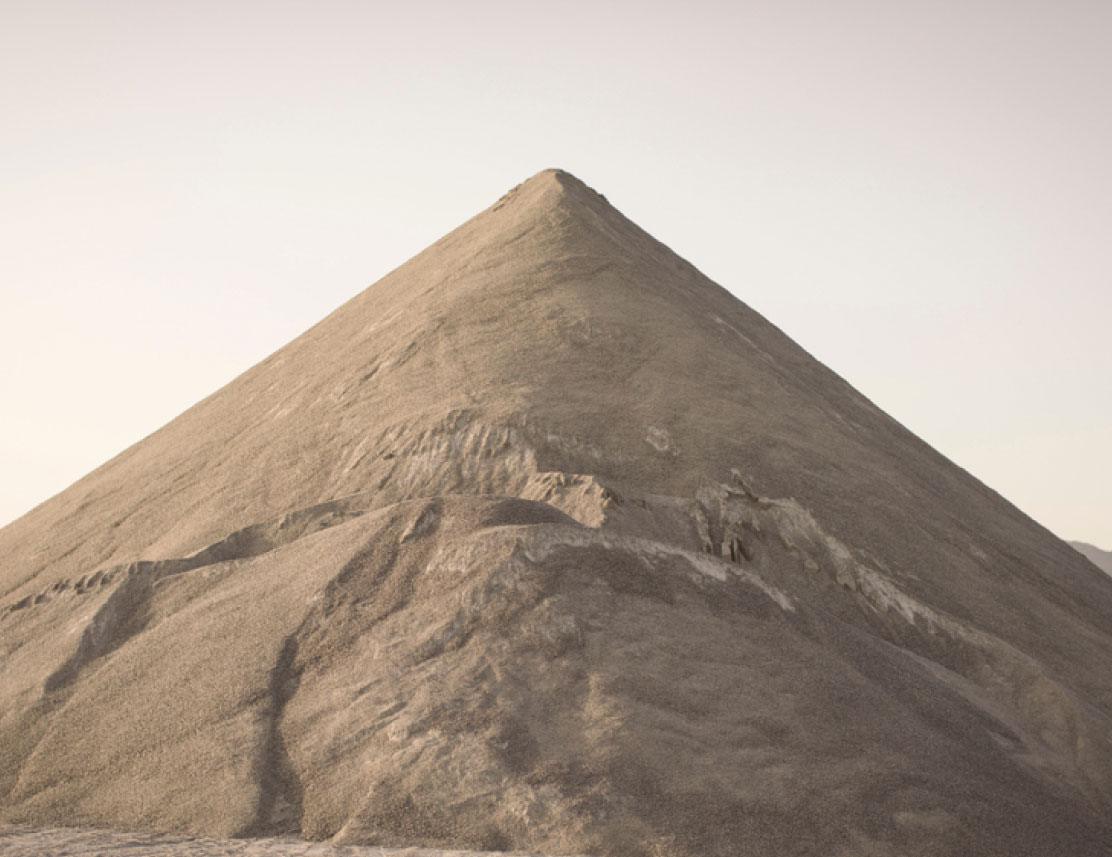What is Plasterer Sand?
Posses Fine Particles
Plasterers Sand is known for its fine texture and excellent finish. It has extremely fine particles compared to other sand types.
Fineness Modulus
Plasterers Sand should not have a Fineness Modulus of more than 1.5, and white slits are preferred not more than 4 percent.
Sharp, Angular and Fine
Plasterer Sand is the best for setting mortars and concrete on the construction site, which has sharp, angular, and fine particles.

Where Can Plastering Sand Be Used?
Why Use Plastering Sand?
Fine textured
Plastering Sand is ideal for plastering and rendering because of its extremely fine texture. Sand for plastering is typically 0 to 2 mm, with ultra-refined particles.
Enhanced Strength of Structures
With the use of Plastering Sand, the consistency of the building structure is enhanced, the strength is increased, and mixing and placing the concrete is made simpler.
Economical Nature
Plastering Sand does not contain any impurities or other contaminants, making it more lightweight than different sand types. This also decreases the transportation cost of Plastering Sand.
Specification of Plastering Sand
Natural sand, crushed stone sand, crushed gravel sand, or any combination of these make up the Plastering Sand. The sand must be firm, long-lasting, clean, free of organic matter and adherent coatings, and it cannot contain more clay, silt, or dust than is allowed.
What Are Different Types of Plastering Sand?
Pebble Dash Plaster
- Crushed stones
- Mortar
- 1mm thickness of particles
Scrapped Type Plaster
- The final layer is 6 to 12 mm
- It consists of grading aggregates
- Leveling particles
Stucco Type Plaster
- Three rough coats of 25 mm
- Scratch coat
- Fine and textured particles
FAQ’s
Residential Interior Designers
Apartment Interior Designers
Villa Interior Designers
Commercial Interior Designers
- Residential Interior Designers in Hyderabad
- Residential Interior Designers in Delhi
- Residential Interior Designers in Kolkata
- Residential Interior Designers in Mumbai
- Residential Interior Designers in Pune
- Interior Designers in Kochi
- Interior Designers in Bangalore
- Interior Designers in Chennai
- Interior Designers in Coimbatore
- Interior Designers in Hyderabad
- Interior Designers in Delhi
- Interior Designers in Kolkata
- Interior Designers in Mumbai
- Interior Designers in Pune
- Interior Designers in Kerala
- Interior Designers in Trivandrum
- Interior Designers in Kannur
- Interior Designers in Palakkad
- Interior Designers in Calicut
- Interior Designers in Malappuram
- Interior Designers in Kozhikode
- Interior Designers in Kollam
- Interior Designers in Thrissur
- Interior Designers in Alappuzha
- Interior Designers in Kottayam
- Interior Designers in Pathanamthitta
- Interior Designers in Perinthalmanna







